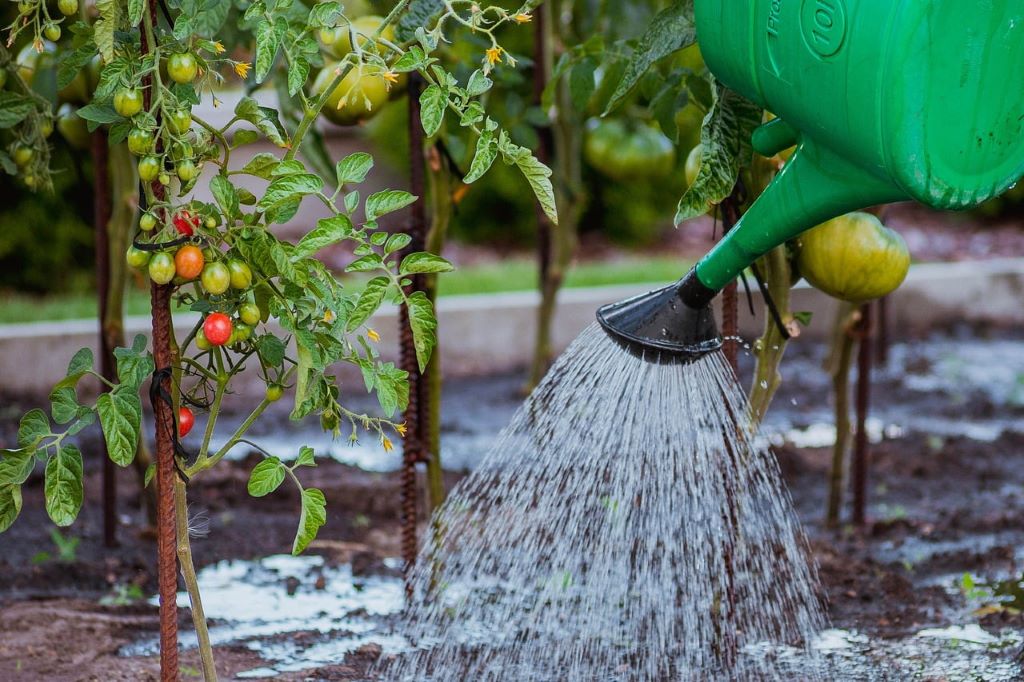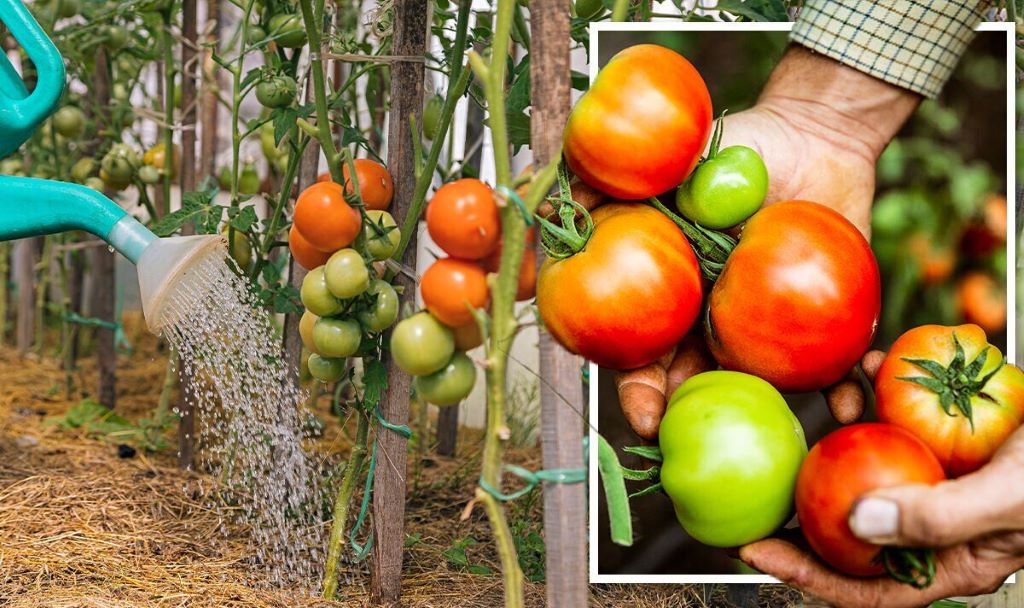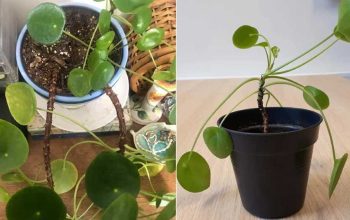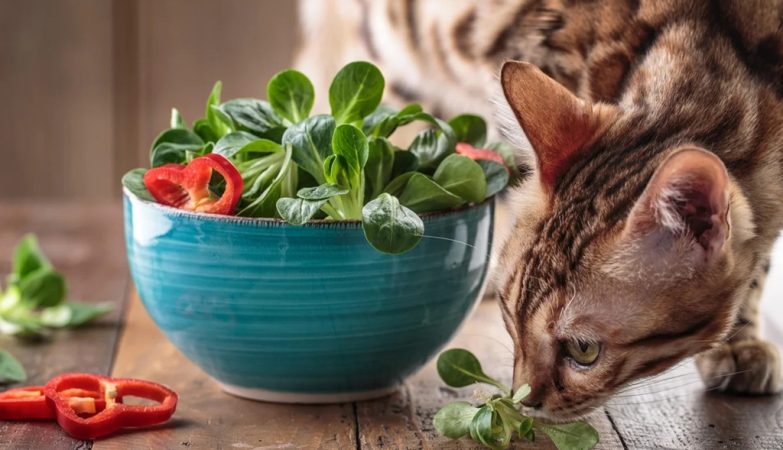Tomato plants are a beloved addition to gardens everywhere, offering juicy, flavorful fruits that are enjoyed in salads, sandwiches, sauces, and more. While these plants are relatively easy to grow, understanding their water needs is crucial for ensuring a healthy harvest.
The Importance of Proper Watering for Tomato Plants
Proper watering is essential for tomato plant health and productivity. Consistent moisture helps the tomato plants establish strong root systems, encourages flower and fruit development, and prevents issues like blossom end rot, cracking, and splitting. However, overwatering can be just as detrimental, leading to root rot and fungal diseases. For more detailed guidance on growing a tomato tree plant, you can visit https://cherryblossomlife.com/plants/how-to-grow-tomato-tree-tomato-plant-care-guide/.
How Much Water Do Tomato Plants Need?
The amount of water a tomato plant needs depends on several factors, including:
- Growth stage: Seedlings and young transplants require more frequent watering to establish their root systems. Established plants typically need less frequent but deeper watering.
- Weather conditions: Hot, dry weather increases water evaporation from the soil, so plants will need more frequent watering. In cooler, humid conditions, watering frequency can be reduced.
- Soil type: Sandy soils drain quickly and require more frequent watering, while clay soils retain moisture longer and need less frequent watering.
- Container size: Plants grown in containers dry out faster than those in the ground and require more frequent watering.
As a general rule, tomato plants need 1-2 inches of water per week. However, this is just a starting point, and you’ll need to adjust your watering schedule based on the factors mentioned above.
Related: DIY Container Gardening: Step-by-Step Guide
Signs of Overwatering and Underwatering
Overwatering:
- Yellowing leaves
- Wilting despite moist soil
- Mushy stems
- Root rot (brown, smelly roots)
Underwatering:
- Wilting leaves (especially during the hottest part of the day)
- Dry, cracked soil
- Stunted growth
- Blossom end rot (black spots on the bottoms of fruits)
Watering Techniques for Tomato Plants
To ensure your tomato plants receive the right amount of water, follow these watering techniques:
- Water deeply and less frequently: This encourages deep root growth and helps plants tolerate dry spells. Water until the soil is moist to a depth of 6-8 inches.
- Water at the base of the plant: Avoid getting water on the leaves, as this can promote fungal diseases.
- Use a soaker hose or drip irrigation: These methods deliver water directly to the roots, minimizing evaporation and reducing the risk of foliar diseases.
- Water in the morning: This allows the leaves to dry before nightfall, reducing the risk of fungal diseases.
- Mulch around the base of the plant: Mulch helps retain soil moisture, suppress weeds, and regulate soil temperature.
Additional Tips for Watering Tomato Plants
- Monitor soil moisture regularly: Check the soil moisture by sticking your finger into the soil. If the top inch of soil is dry, it’s time to water.
- Water consistently: Avoid large fluctuations in soil moisture, as this can lead to problems like blossom end rot and cracking.
- Adjust your watering schedule as needed: Be prepared to adjust your watering frequency based on weather conditions and plant growth stage.
- Consider using a rain gauge: This can help you determine how much rainfall your plants are receiving and adjust your watering accordingly.
By following these guidelines and paying close attention to your plants’ needs, you can ensure that your tomato plants receive the right amount of water and reward you with a bountiful harvest of delicious fruits.
Remember:
- Watering is a crucial aspect of tomato plant care.
- The amount of water a tomato plant needs depends on various factors.
- Monitor your plants closely and adjust your watering schedule as needed.
- Proper watering will ensure a healthy and productive tomato harvest.
With a little care and attention to their water needs, your tomato plants will thrive and provide you with a delicious and abundant harvest.








